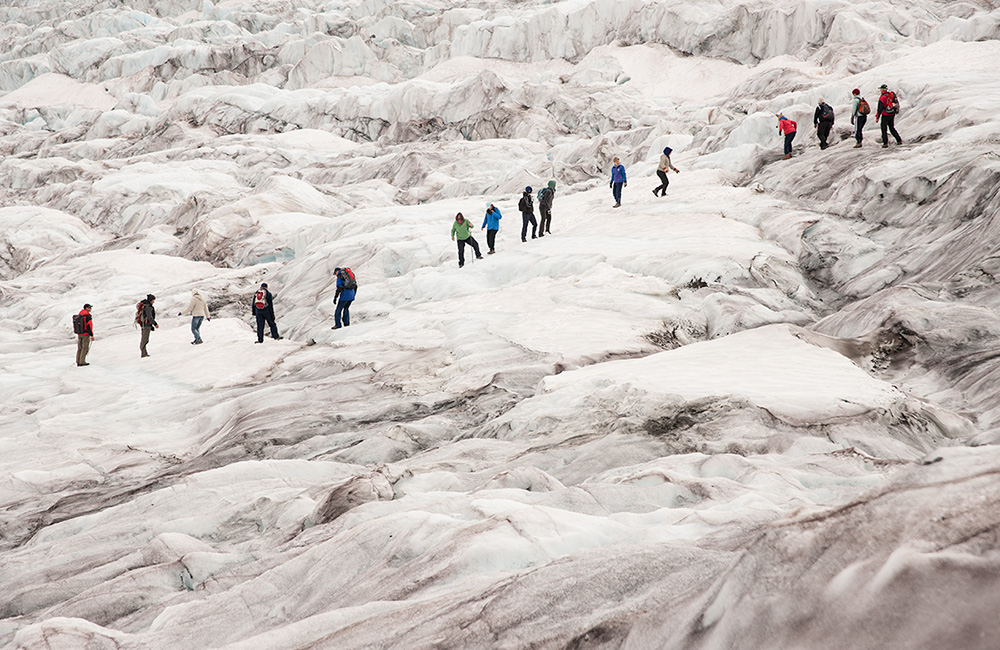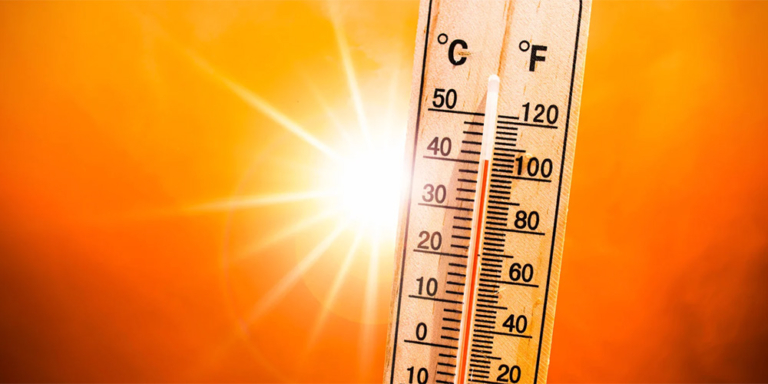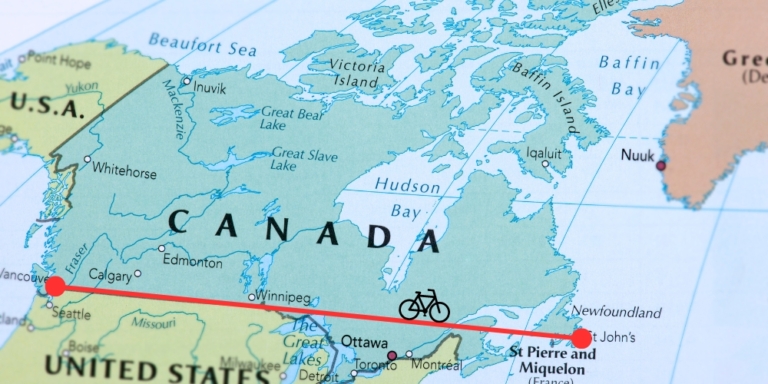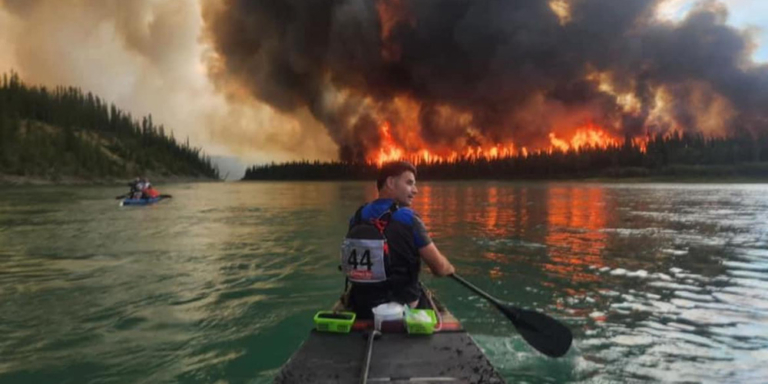The Abbot Pass Hut sat high on a notch between Mt. Victoria and Mt. Lefroy on the BC-Alberta border for a century.
A designated national historic site, the two-storey stone building was a welcome refuge for thousands of climbers and adventurers over the years.
Those days are over.
Melting glaciers destabilized the rock on which the hut was built.
In 2022, structural engineers decided the hut was no longer safe to use.
It was permanently shut down and dismantled.
The demise of this legendary mountain hut is a small but vivid symbol of the impact of warming global temperatures and rapidly melting glaciers in Canada and around the world.
That’s why the United Nations has designated March 21 as the World Day of Glaciers starting next year.
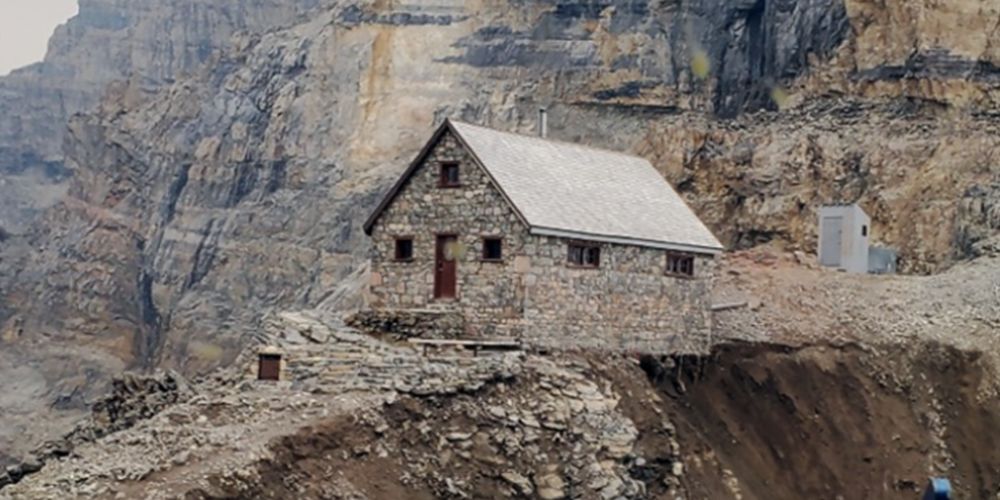

Why Wait?
We should start the awareness campaign immediately because glaciers are disappearing now!
The UN chose to launch the World Day of Glaciers in 2025, which the UN also declared the International Year of Glaciers’ Preservation.
Scientists know the world of ice as the cryosphere, and this frozen world is crying for help.
A recent University of Fairbanks study looked at the fate of more than 215,000 glaciers worldwide.
It doesn’t look good unless individuals, governments, and businesses act quickly to limit carbon emissions, which cause global warming.
The study authors predict that western Canada could lose between 60 and 100 percent of its glaciers by 2100, depending on the temperature scenario.
That’s a daunting thought as Albertans brace for another season of drought, and our major rivers, like the Bow River and the North Saskatchewan, rely on glaciers as a significant water source in dry years.
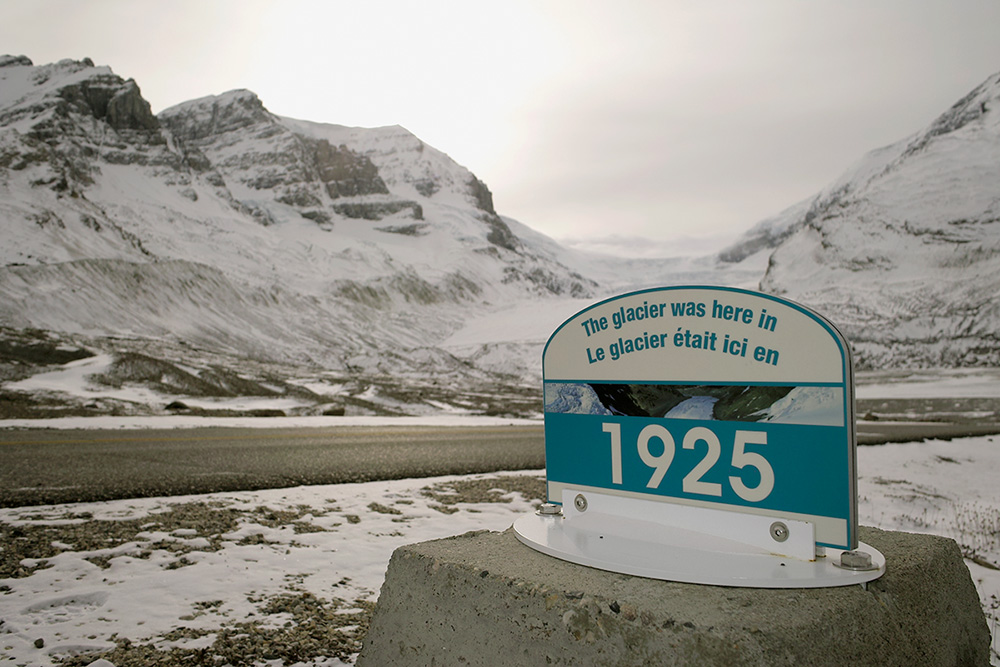

Glaciers Are Our Water Insurance Policy
Melting snowpack contributes most of the water to our mountain streams and rivers.
However, in low snow years, glaciers act as an insurance policy to ‘drought-proof’ streams.
During last summer’s extreme heat and drought, rivers with large glaciers in their headwaters, like the North Saskatchewan and Athabasca, did much better than the Bow and Oldman rivers, which are fed by smaller glaciers.
In other words, glacial melt helps to compensate for a lack of snowmelt and rainfall.
The Columbia Icefield feeds the North Saskatchewan River, the Athabasca River, and its tributaries.
The world-famous—and highway-accessible—Athabasca Glacier is part of the Columbia Icefield and has been retreating at an alarming rate of five metres per year.
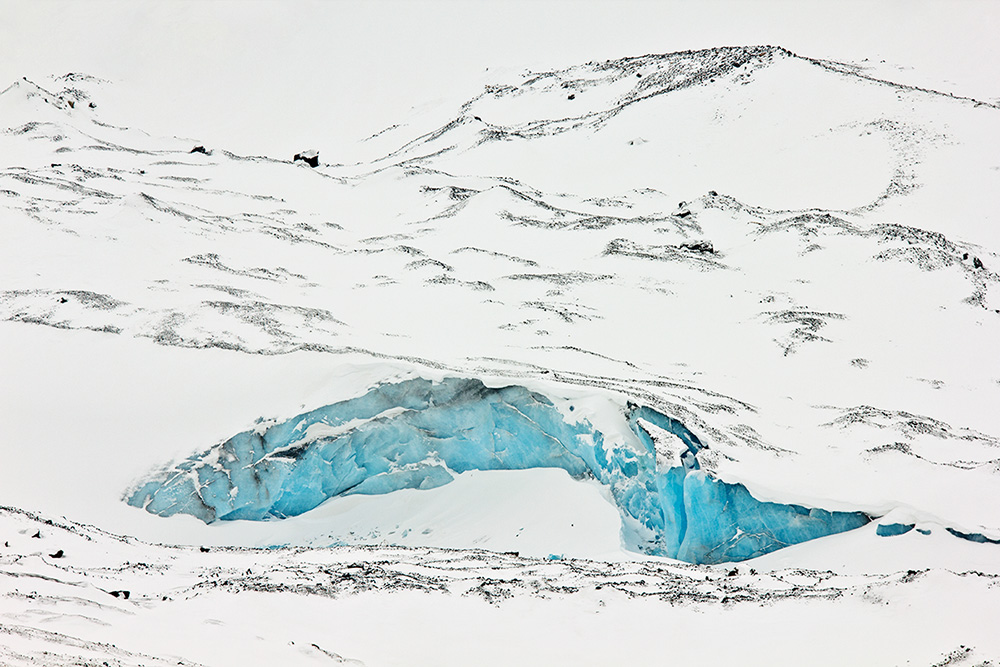

Destabilizing Mountains
As we learned on Abbot Pass, glacial recession can destabilize mountain valleys and slopes, increasing rockfall, landslides, and flooding hazards.
As glaciers advance, they carve into mountainsides, creating steep valleys and deep bowls.
When they melt, mountains lose considerable structural support.
Lakes naturally occurring on glaciers from melting ice are getting bigger and more prone to sudden floods.
Shifting Ecosystems
Plant and animal species adapted to mountain environments will also feel the effects of retreating glaciers.
Late-starting winters and early-starting springs impact everything from bear hibernation to the timing of animals having offspring.
The timing, quantity, and quality of runoff affect soil and vegetation, affecting all native mountain species.
Some species cannot adapt to such an accelerated environmental change.
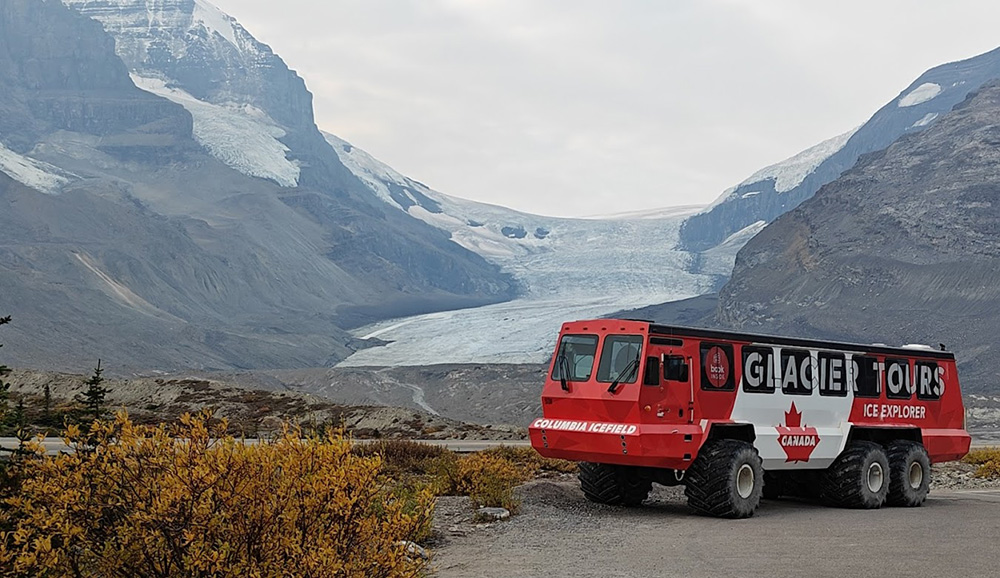

Glaciers Make Money
Withering glaciers are already adding to the drought challenges of Pincher Creek, Grande Prairie, and dozens of other Albertan communities.
Last year, 15 municipalities declared agricultural disasters.
The economic impact of drought is immense; keeping glaciers saves us money.
There are other economic impacts and benefits of glaciers.
Glaciers are also a huge draw for the millions of tourists visiting the Canadian Rockies annually.
All those tourists spend money in local restaurants, hotels and shops, which provide jobs for thousands of Albertans.
And there is the ‘spiritual’ aspect that few consider.
Like losing an endangered species, the loss of glaciers is a loss to our souls.
Our world is a poorer place, literally and figuratively, without glaciers.
